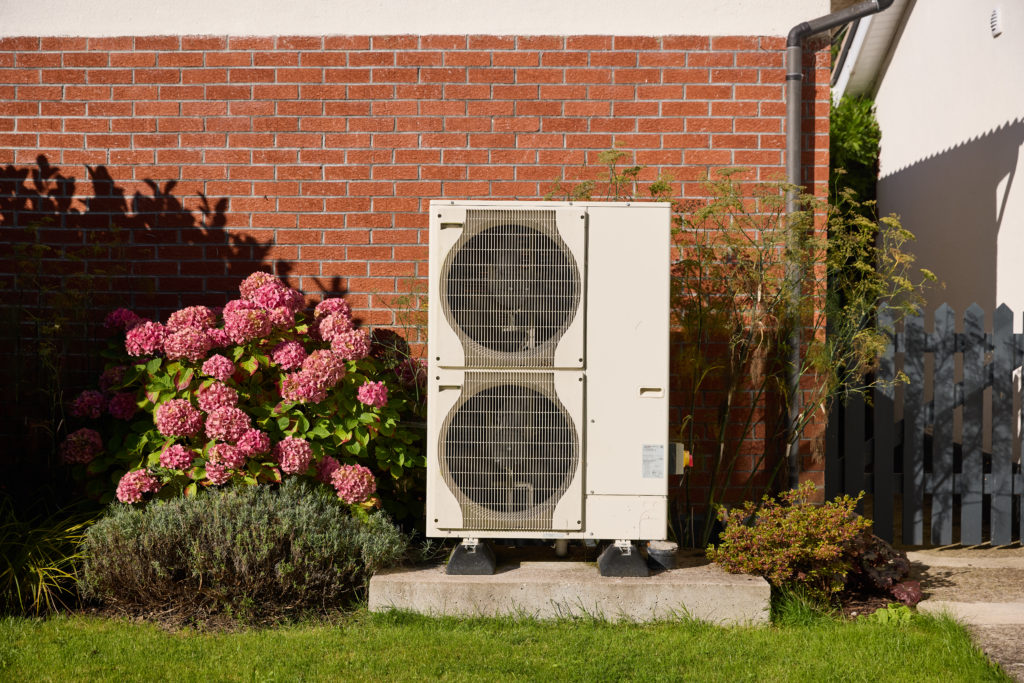
When it comes to picking a worktop for your kitchen, choose a material you like and can afford and weigh up its advantages and disadvantages, says House and Home magazine. Ideally, the worktop should be scratch-proof, stain-proof and easy to clean, and of course look good.
Laminate: Laminate worktops are relatively inexpensive. A man-made material with a paper centre it is built up with thick coats of lacquer.
- Advantages: Laminate is easy to cut, shape and apply. It's also adaptable, waterproof, easy to wipe clean and reasonably durable. Laminate's main advantage is its endless design possibilities - it's available in all kinds of colours and patterns.
- Disadvantages: Laminate is not as hardwearing as natural materials, and in time the laminate can deteriorate. Cutting directly onto the surface can cause damage - and once damaged it cannot be repaired - so it's advisable to use a trivet to protect against hot pots and pans.
Oiled Wood: Oiled wood worktops are planks of solid hardwood, glued together and brushed with linseed oil to protect it from humidity, especially in centrally heated homes.
- Advantages: Oiled wood is tougher and more resistant to heat marks than lacquered wood and it also improves with age.
- Disadvantages: To protect the worktop the wood needs to be oiled every two to three months to prevent it from splitting.
Tiles: Available in a range of colours, shapes, sizes and textures, tiles allow great scope for creativity.
- Advantages: A tiled worktop is strong, durable, low-maintenance, water and heat resistant and impervious to most food spills.
- Disadvantages: As the surface is not even, this worktop will not work effectively on its own as a chopping board. If the tiles are incorrectly laid, dirt can gather in between the grout lines, making for a very unhygienic work surface.
Stainless Steel: Stainless steel worktops give a real professional look to your kitchen, and as well as looking sleek they have lots of practical benefits.
- Advantages: Strong, durable and heat-resistant, stainless steel is also very hygienic and easy to keep clean.
- Disadvantages: Highly polished stainless steel can scratch easily so if you'd like yours to look perfect, go for a brushed metal. Stainless steel can also look quite cold in a kitchen and needs warming up with wood or colour.
Corian: Corian comes in a range of colours and finishes and can be moulded seamlessly to any shape or thickness.
- Advantages: It is non-porous and reasonably stain-proof, however it will scratch so it's best to avoid any direct chopping.
- Disadvantages: Corian is only heat resistant to a certain temperature and over long periods, paler colours may yellow.
Granite: A natural material, granite can be cut to size and polished to make worktops. It's a great material for adding luxury and style.
- Advantages: Granite is almost impossible to chip or scratch and as it's a natural material, its beauty does not fade or deteriorate with age. Hard-wearing, practical, heatproof, waterproof and difficult to stain, it can last forever.
- Disadvantages: Granite is expensive. It's also quite heavy so if you're choosing this worktop the base cabinets will need to be supported by a robust framework.
Limestone: A sedimentary rock, limestone is available in a variety of thicknesses and tones from grey to cream.
- Advantages: Limestone is harder than marble and available in a matt or eggshell finish.
- Disadvantages: Limestone is a porous material and will stain unless properly sealed with two or three coats of sealer.
Marble: Cool and luxurious and generally pale with veins and streaks of natural colour, marble is a classic choice of stone worktop.
- Advantages: Marble is low maintenance and hard-wearing and available in a range of colours. Its cool surface is excellent for cold shelves in a larder.
- Disadvantages: China and glass won't bounce off a marble worktop, so take care handling your best tableware near a marble worktop.
Glass: Sleek, glossy and hard-wearing, glass makes for a super-stylish work-surface. It is made bespoke by designers who can make it any shape and colour.
- Advantages: A glass worktop is water and heat resistant and easy to maintain, though it can get scratched, so it's not ideal as a cutting surface.
- Disadvantages: As a designer piece, a glass worktop does not come cheap and requires expert cutting and fitting. It's also heavy so your cabinets will need to be supported to withstand its weight.






